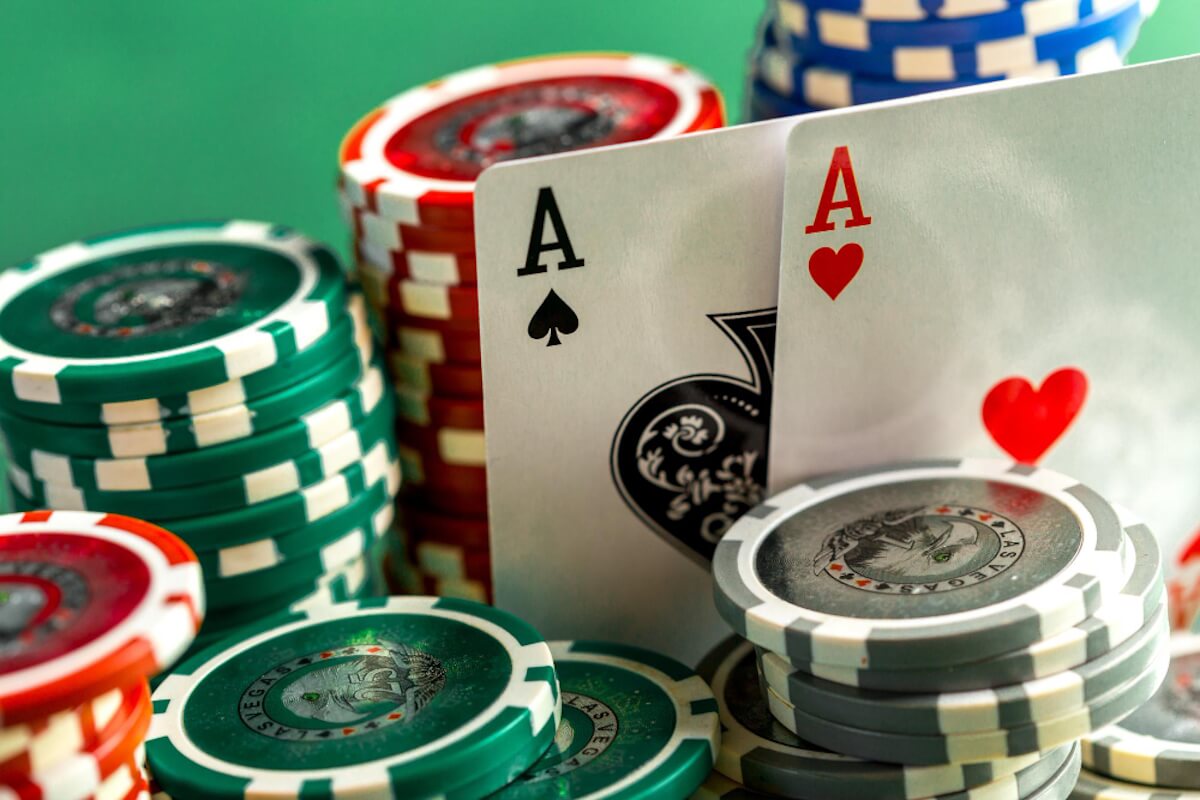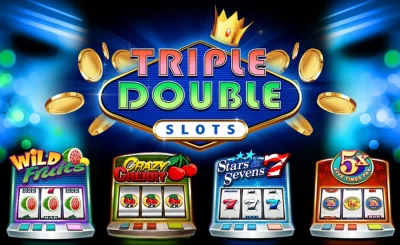Tie bet popularity persists despite unfavourable 14.4% house edges because of psychological appeal, high payout ratios, and excitement factors that override mathematical considerations for many players. These high-risk wagers offer 8:1 or 9:1 payouts that create substantial winning potential from small investments, appealing to players seeking dramatic outcomes rather than optimal expected value. Online Baccarat leverage tie bet appeal through enhanced presentations, bonus features, and promotional campaigns, emphasising winning potential while downplaying statistical disadvantages.
High payout attraction
Tie bets offer substantial payout ratios of 8:1 or 9:1, creating compelling winning scenarios where small wagers can generate significant returns. This high payout structure appeals to players seeking maximum return potential from minimal investment, creating psychological appeal that overshadows statistical disadvantages. Payout attraction includes the possibility of transforming modest bets into substantial wins through a single successful prediction. Players often focus on potential gains rather than probability calculations, leading to consistent tie bet popularity despite mathematical evidence suggesting these wagers represent poor value propositions.
Excitement generation factors
Tie bets create heightened excitement through rarity and drama that standard banker or player bets cannot match. The infrequent ties make successful predictions feel more skilful and rewarding, generating emotional satisfaction that transcends monetary considerations. Excitement factors include anticipating rare outcomes, celebrating successful predictions, and the dramatic tension created by close point totals that could result in ties. These emotional elements provide entertainment value many players consider worth the mathematical cost of poor expected value.
Psychological gambling appeal
Tie betting satisfies psychological needs, including risk-taking excitement, challenge-seeking behaviour, and the desire for extraordinary outcomes that distinguish winners from ordinary players. These psychological motivations often override rational mathematical analysis in gambling decision-making processes.
- Risk-seeking personality traits, finding satisfaction in high-variance betting options with substantial outcome differences
- Challenge motivation drives players to attempt difficult predictions that demonstrate skill or intuition.
- Ego satisfaction from successful tie predictions creates feelings of superiority and gambling expertise.
- Excitement addiction requires increasingly dramatic betting options to maintain engagement and interest.
- Social validation through impressive wins that generate attention and admiration from other players
Psychological appeal creates a persistent demand for tie bets despite clear mathematical disadvantages that rational analysis would suggest avoiding.
Gambler’s fallacy impact
Many players incorrectly believe that tie frequency follows predictable patterns or that past results influence future tie probability, leading to systematic tie betting based on flawed statistical reasoning. This gambler’s fallacy creates consistent tie bet demand from players attempting to exploit perceived patterns.
- Pattern recognition errors leading players to identify non-existent trends in the occurrence frequency of ties
- Hot streak beliefs suggest that ties occur in clusters that can be predicted and exploited
- Due to theoretical misconceptions, the assumption is that infrequent ties become more likely after extended absence
- Compensation theory errors by believing that losses increase future winning probability through statistical balancing
- System confidence, where players develop personal methods for predicting ties based on flawed statistical assumptions
Fallacy impact demonstrates how cognitive biases maintain ties despite the popularity and mathematical evidence of their poor value proposition. These factors create persistent demand for high-variance betting options that provide entertainment beyond simple expected value calculations. Understanding tie bet psychology reveals how emotional and psychological factors often dominate gambling decisions. This explains why statistically poor bets maintain consistent popularity in gaming environments that maximise player engagement and platform profitability.







